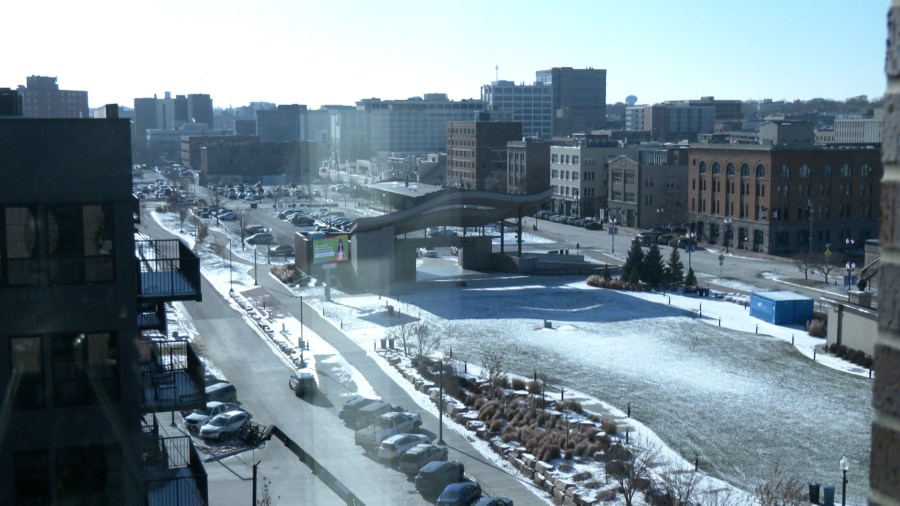SIOUX FALLS, S.D. (KELO) — Sioux Falls continues to grow out more than up.
The city has estimated the new population at 219,000 and a chunk of that growth is expanding the city boundaries.
SDSU officials: Quick response needed to hire Jackson
The city’s assistant director planning and development services Kevin Smith said in a Thursday new conference that the city annexed 400 acres in 2024. “The year before we annexed 700 acres,” Smith said. “We have an ample supply for the next five years of growth.”
But, the expansion of Sioux Falls boundaries takes planning with neighbors which include Tea, Brandon, Crooks and others, Smith said in a follow up question from KELOLAND.
Joint jurisdictions with entities such as Minnehaha and Lincoln counties are important, Smith said.
Land use needs to be consistent with how Sioux Falls is growing now and in the future, Smith said. Landowners who live two miles from the Sioux Falls city limits today may not be two miles from the city limits in two years, Smith said.
Smith said future construction in Sioux Falls and Tea and within the county, for example, requires planning. The two cities will have their own city limits but the transition from one city to another can be seamless and not abrupt, Smith said.
Sioux Falls or the Sioux Falls metro area cannot sustain population growth “by allowing two acre lots,” Smith said. “There needs to be a different level of design.”
“We’re still experimenting with urban living (in Sioux Falls),” mayor Paul TenHaken said during the news conference.
There is an increased number of higher density housing such as the mixture at Cherapa Place and the Steel District.
“Now we will see how the community responds,” mayor Paul TenHaken said during the news conference.
Still, the largest appetite for single family homes in Sioux Falls, is three-garage houses with larger lots, TenHaken said.
The city doesn’t not offer incentives for density housing but it does have Tax Increment Financing Districts that were used for Cherapa and the Steel District. The TIFs provide tax incentives for the infrastructure work on large projects.
“It’s a trade-off,” TenHaken said. There are residents who still want to have yards and larger garages, he said.
As long at the demand is there for that size of residential lot and house, those will be built, TenHaken said.
Yet, as costs for residential housing continue to increase, economics will likely be a factor driving more density housing.







